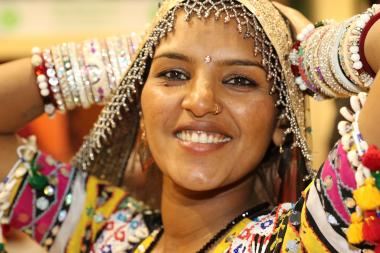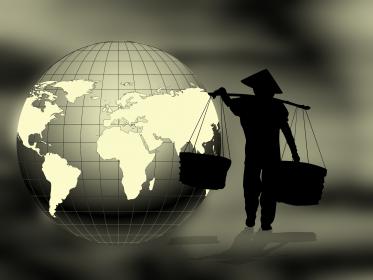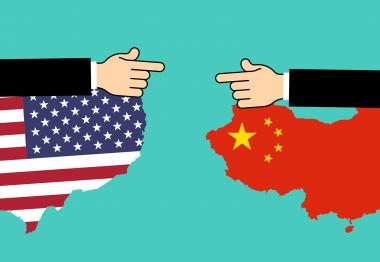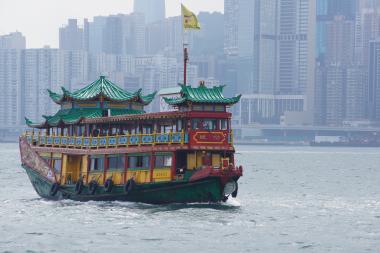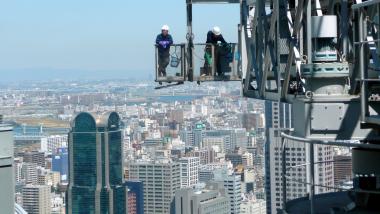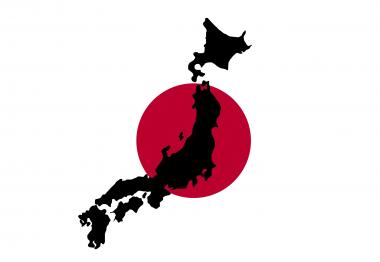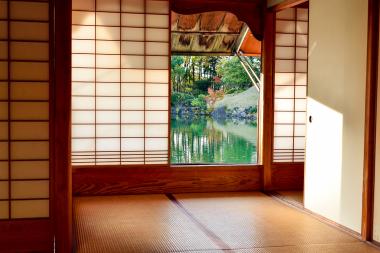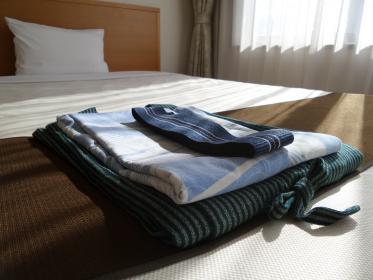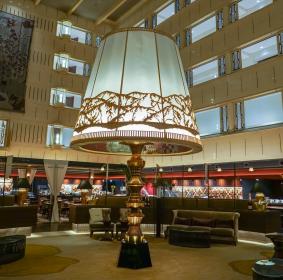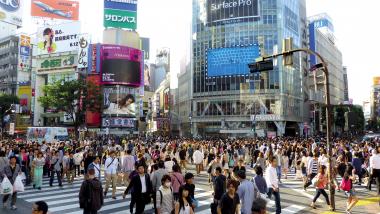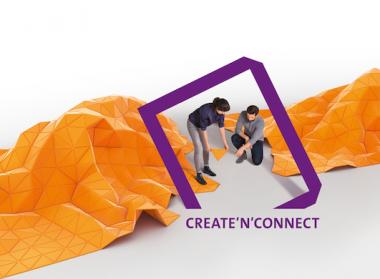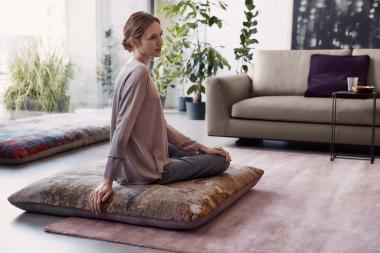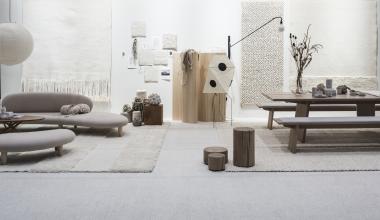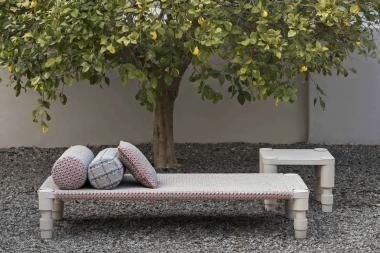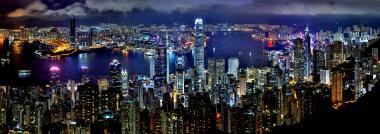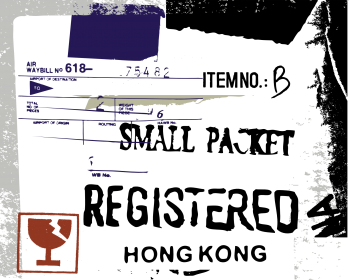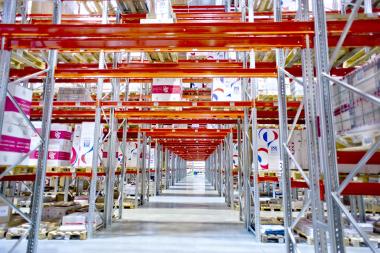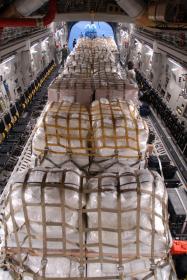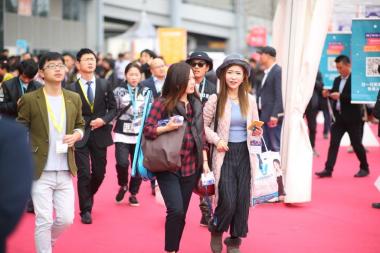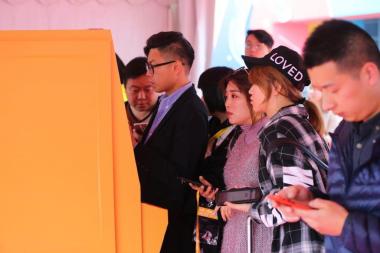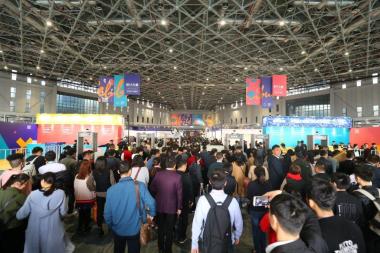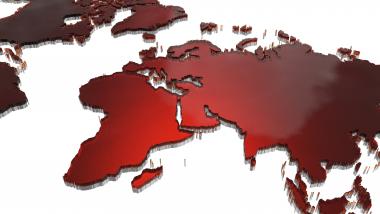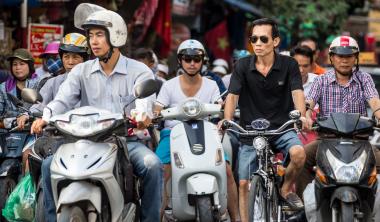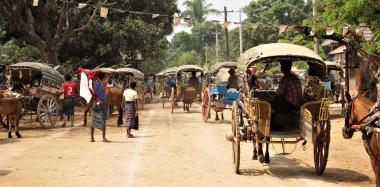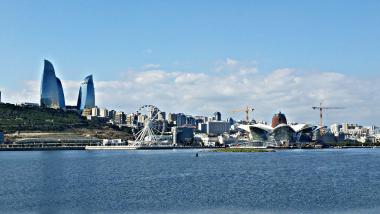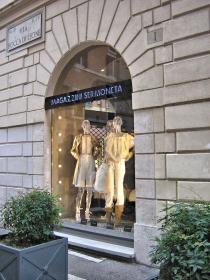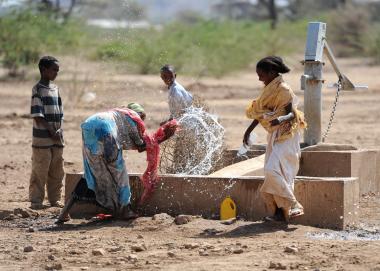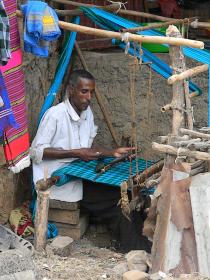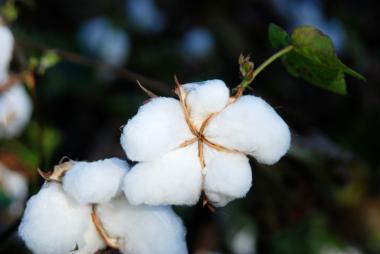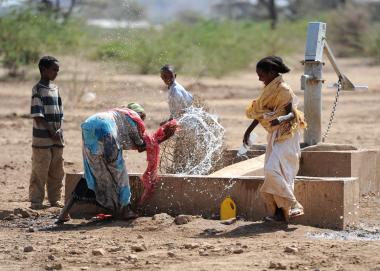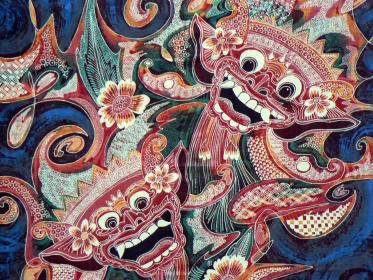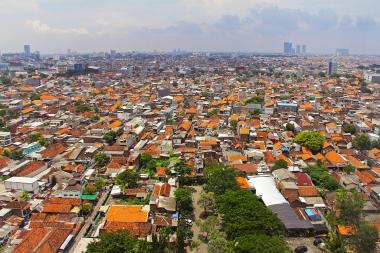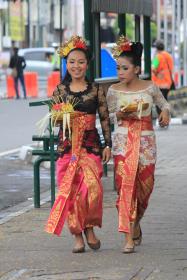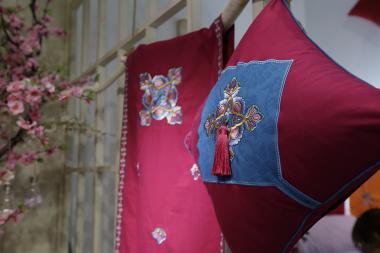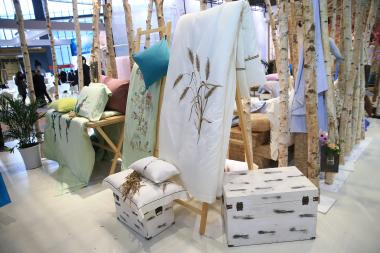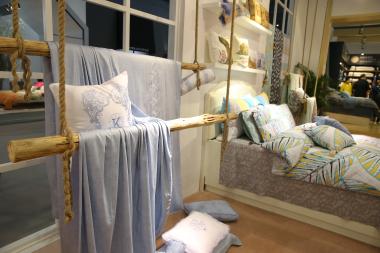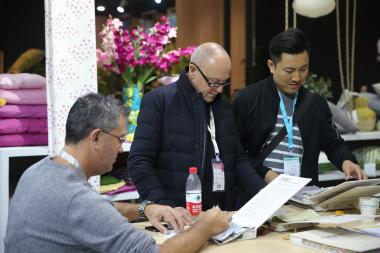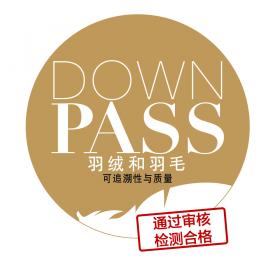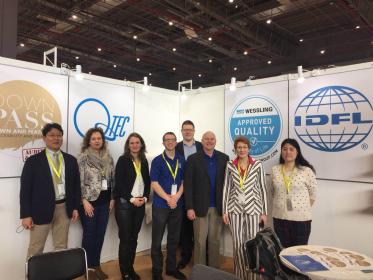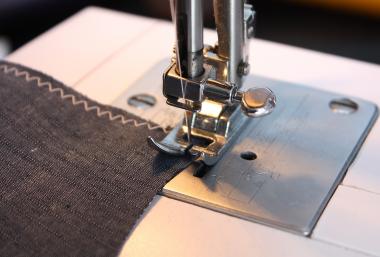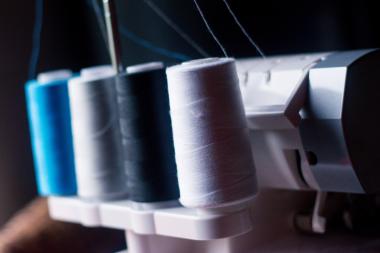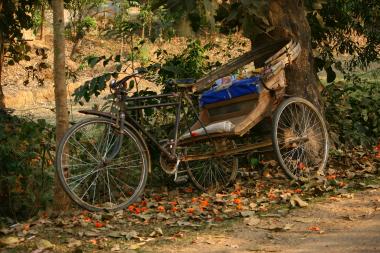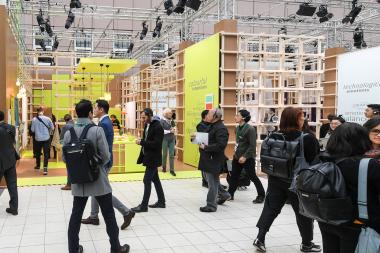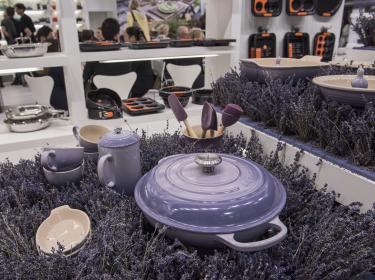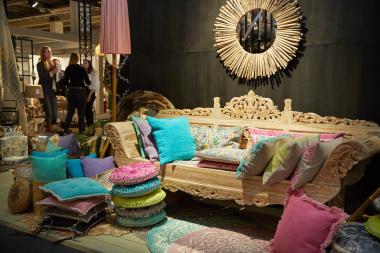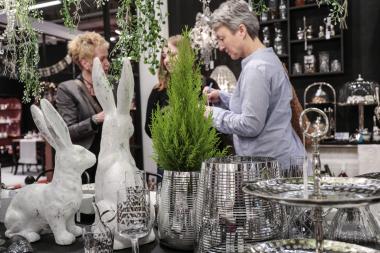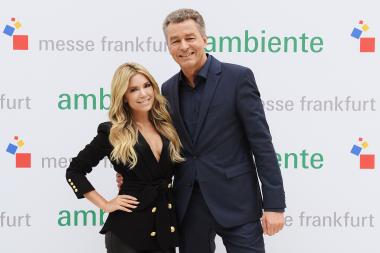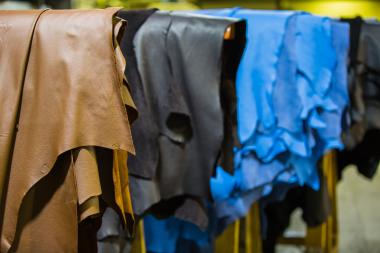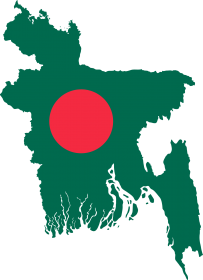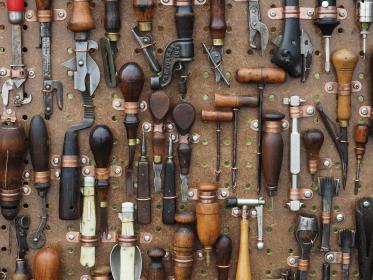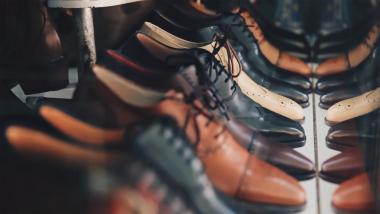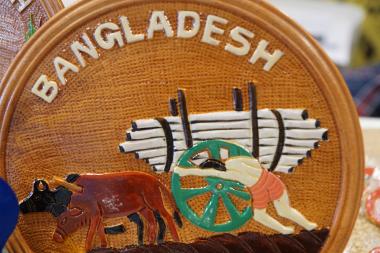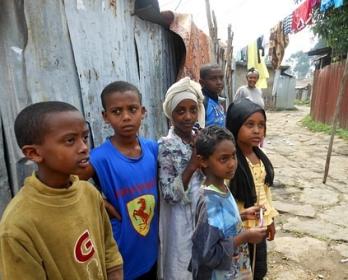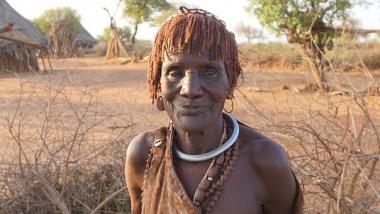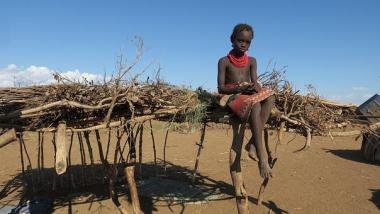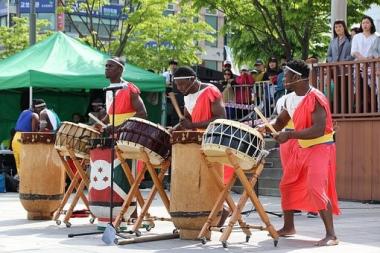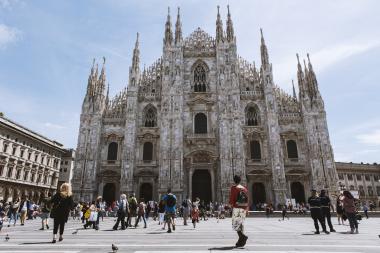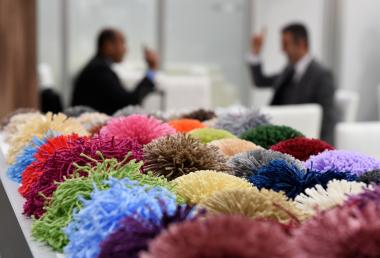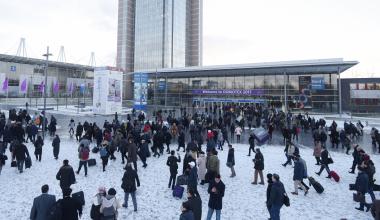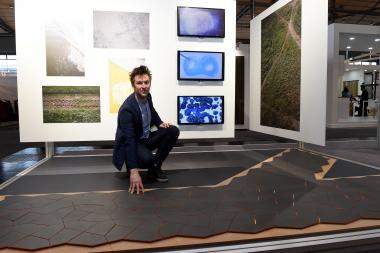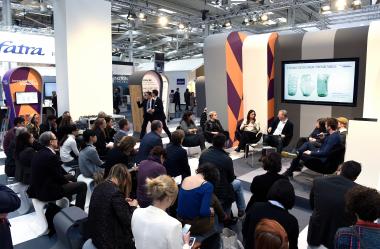INDIA'S GOVERNMENT SUPPORTS TEXTILE INDUSTRY
- Clothing exports are declining
New Delhi (GTAI) - Structural weaknesses and fiscal reforms are affecting the Indian textile industry. Modernization and diversification are necessary. For this where support measures will come into force.
In the 2016/17 fiscal year (April 1st to March 31st), India's government initiated a number of fundamental reforms such as the introduction of the nationwide Goods and Services Tax (GST) and a partial currency devaluation. These measures are intended to advance the economy as a whole in the medium to long term, but have led to uncertainty and difficulties in individual sectors, including the textile industry. Added to this are high cotton prices. The government is now trying to help the industry with individual measures. It remains to be seen whether these will be sufficient and lead to a sustained improvement. Finally, there are structural weaknesses which are also slowing down the growth of the Industry.
"The by the introduction of GST caused dent and monetary depreciation has now been overcome. However, the structural problems remain, so that no fundamental changes in the textile industry are to be expected", according to the assessment of a German supplier with many years of experience in India in talks with Germany Trade & Invest (GTAI).
Government launches aid measures
However, some government measures should provide relief. At the beginning of August 2018, import duties on 328 textile products, especially fabrics and nonwovens, were increased from around 5 to 10 percent to up to 20 percent. Also, at the beginning of the month, the Executive Board introduced four bills to amend the general VAT Act introduced on July 1st 2017. This should make refunds, for example of taxes on intermediate products, easier and faster. The introduction of GST and the delays in reimbursement have put particular pressure on the liquidity of small and medium-sized companies, which make up the bulk of textile companies. For example, the denim industry temporarily had to take 25 to 30 percent of its capacity out of production after the tax introduction.
Also, the Ministry of Textiles wants to strengthen the to it entrusted weakening industry. At the beginning of August 2018, for example, it added changes to the Technology Upgradation Funds Scheme (TUFS), which has been in existence since 1999. This now expanded technology promotion program allows cooperative banks to provide financing to textile companies for technological improvements. They also become accessible for liability partnerships. Of the approximately USD 1.1 billion, that the central government budget is holding for the textile industry in the fiscal year 2018/19, one third, 14 percent more than in the previous year, are intended for the TUFS. Manufacturers of synthetic fibers and the clothing industry in particular are likely to benefit from this, according to industry sources.
The existence of an own Ministry of Textiles shows how important this industry is for India, not only as a source of foreign exchange, but also as an employer. The entire sector, from spinning mills, weaving mills to clothing and other finished goods, contributed around 14 percent to value creation in the manufacturing industry and 13 percent to foreign exchange revenues in 2017, and employs directly 40 million and indirectly 60 million workers.
As one of the world's leading producers of cotton, jute and silk, India has comparative advantages in the textile sector and can look back on a long tradition in processing. Accordingly, cotton is the main raw material in yarn and fabric production. After all, 5.7 billion tons of yarn were spun in 2016/17, achieving an annual average increase of 3.1 percent between 2011 and 2017. The weaving mills processed 63.5 billion square meters of fabric in 2016/17, after 61.7 billion in 2011. The proportion of cotton fabrics rose from 51 to 61 percent in 2011 to 2017. The remaining part is accounted for approximately equally by synthetic and blended fabrics.
Production and export growth come to a halt Based on the previously strong growth the government is optimistic. According to forecasts by the Ministry of Textile, India's textile and clothing industry is expected to more than double its sales between 2015 and 2021. Exports are expected to increase from USD 35 billion to USD 82 billion, after doubling in the period from 2006 to 2014 from USD 17.6 billion to USD 37.6 billion. After that, however, they stagnated and, at USD 35 billion in 2017/18 and missed the by the government set target by USD 10 billion. The production of textiles and clothing declined from 2015 to 2017. It is unlikely to improve in 2018.
| 2015/16 |
2016/17 2) | 2017/18 2) | |
| Export of textiles and textiles products USD in USD billion | 18.1 | 18.2 | 18.7 |
| Export of clothing | 17.0 | 17.4 | 16.7 |
| Import of yarn, fabrics, made-ups in USD billion | 1.7 | 1.5 | n.a. |
| Change of production of textiles in % | -0.2 | -3.2 | n.a. |
| Change of production of non-knitted clothing in % | -3.6 | -3.3 | n.a. |
1) Financial years from 1 April to 31 March; 2) Provisional data for 2016/17 and 2017/18
Source: Statistical Office India
Clothing industry needs to modernize
India's textile industry has cost advantages over industrialized countries and advanced emerging countries such as China. Smaller developing countries, however, have become well-known competitors in the meantime and have partly surpassed India in terms of clothing. So Bangladesh and Vietnam exported more clothing than India. In addition there is growing competition from other low-wage countries such as Cambodia, Sri Lanka and Indonesia. Some of these countries have free trade agreements with the EU, while India has difficulties in negotiating them. The smaller competitors have also geared their clothing industry to exports and modernized it accordingly. After all, they do not have significant local markets. The Indian textile manufacturers are different: If there is not enough quality for export, the domestic market, which has a population of 1.3 billion inhabitants and is growing strongly, is still there, industry representatives explain to GTAI.
India's apparel industry therefore still has a considerable potential for modernization and requires new production technologies, particularly to improve operating efficiency. Other structural weaknesses include strong wage increases with insufficient productivity growth and a shortage of well-trained skilled workers. Other disadvantages are the fragmentation of the clothing industry - many companies lack size - and the lack of adaptation to global fashion trends. While the fashion world is more prone to fiber mixed fabrics, the Indian clothing is not yet following this trend. There is a lack of product diversification.
The spinning and weaving sector looks more modern. Industry experts attest to it a leading international position in terms of size, technology, productivity, quality and price. This is also evident when importing machines. India was the most important export market for German spinning machines to China in 2017 and the fifth largest market for weaving machines, according to the Textile Machinery Association of the German Engineering Federation (VDMA). In textile finishing machinery, India does not rank among the top six export markets, but its competitor Bangladesh does.
Double-digit growth in foreign direct Investment
Foreign investments in the Indian textile industry are welcome and 100 percent foundations by foreign companies are welcome. On promotional trips to countries such as Japan, Germany, Italy and France, India is actively attracting investors and has not been unsuccessful. The inflow of foreign direct investment into the textile sector, including dyed and printed textiles, amounted to USD 2.7 billion between April 2000 and September 2017. Cumulative investments increased by an annual average of 17.3 percent between 2010 and 2017. However, the bulk of the investment is being stemmed by national Indians. Total investments in India's textile sector from June 2017 to May 2018 amounted to USD 4.2 Billion.
| Name | Internet | Remark |
| Germany Trade & Invest | http://www.gtai.de/indien | Foreign information for the German Export Business |
| AHK Indien | http://www.indien.ahk.de | Contact for German companies |
| Ministry of Textiles | http://www.texmin.nic.in | Ministry |
| Office of Textile Commissioner | http://www.txcindia.gov.in | Government |
| Confederation of Indian Textile Industry | http://www.citiindia.com | Textile Association |
| Textile Association India | http://www.textileassociationindia.org | Textile Association India |
| The Clothing Manufacturers Association of India | http://www.cmai.in | Clothing Association |
Rainer Jaensch, Germany Trade & Invest www.gtai.de



